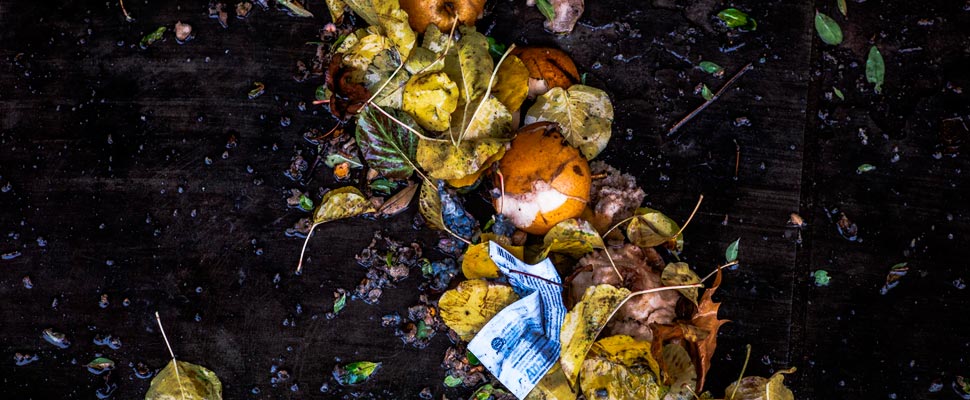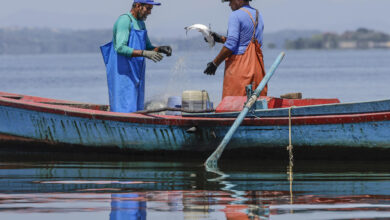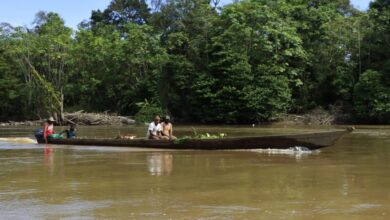Garbage: What to do with waste in natural areas?
When you are in natural areas it is important to collect the garbage that we produce.

The garbage we produce affects natural areas. / Photo: Unsplash
LatinAmerican Post | Jorge Guasp
Listen to this article
Leer en español: Basuraleza: ¿Qué hacer con los residuos en las áreas naturales?
In nature, the leaves and branches of vegetation, dead organisms, and other organic elements decompose and enter the soil, nourishing it and modifying its physical and chemical characteristics. In society, on the other hand, waste is generated that, in addition to taking time to disintegrate, pollutes the environment.
The concept of Garbage
“The project 'LIBERA, united against rubbish' was born in 2017 to curb the consequences of abandoned rubbish in natural spaces in different Spanish ecosystems. It was created by the dean environmental NGO of Spain, SEO/BirdLife, in alliance with Ecoembes, the non-profit environmental organization that promotes the circular economy through the recycling of packaging ”.
The destination of waste in natural areas
The increasing demand for contact with nature has increased recreation and tourism in pristine places, where many unscrupulous travelers abandon their waste. Some visitors believe that park and nature reserve authorities should place waste containers, even in remote locations. However, these people do not realize the difficulty involved in removing a huge volume of waste through a path, passable only on foot, to later dispose of it in a safe place, or take it to the dump of a city.
Also read: Heat stress may affect more than 1.2 billion people annually by 2100
So that the waste does not accumulate in natural areas, the simplest and most effective strategy is for visitors to return from the excursions with their waste in tow, and remove it from the park or reserve, to deposit it at home, along with their own household waste. Another option is to leave them in the administration of the natural area, in a container set up for that purpose, so that the park or reserve employees can later remove them. However, if someone returns home by vehicle, it costs nothing to transport their waste; after all, during a couple of days of stay no more than two or three bags of waste are generated, easily transportable on their own.
Alternatives for the disposal of some particular waste
According to the American organization NOLS, National Outdoor Leadership School, these are some of the principles to apply so that our presence “Leave No Trace” (as the school's program is called) in nature:
- Avoid lighting a fire; If possible, use gas or electric heaters. If it is necessary to make a fire, the ideal is not to light it directly on the ground, but in a metal receptacle or on a mound of sand gathered on a canvas. In this way, the remains of the makeshift stove can be easily removed, and the fire does not cause negative effects on the soil and vegetation.
- Attend the fire , to avoid fire risks. Turn it off well before leaving, and remove the remnants of firewood combustion.
- If there is no toilet or latrines, bury the stools in a well of at least 20 cm deep, 60 meters from any course or body of water (to avoid contamination). In the case of a group of people, dig a general trench about 30 cm deep, to concentrate the impact, and deposit all the stools in it.
- The used toilet paper can be burned, although the idea is to take it back and deposit it along with the waste at home. If it is resolved to bury it, it is important to ensure that it is biodegradable paper, and white (without dyes).
- Do not pour chlorine, detergents, soap, or food debris into natural water sources.
The main challenge of our contact with nature is to leave the place in the same conditions in which we found it, or even better (for example, collecting what others left, or dispersing the remains of a campfire), out of respect for wildlife. and that of other visitors, who will also want to find the place in natural conditions, and give it in the same situation to those who come in the future.




